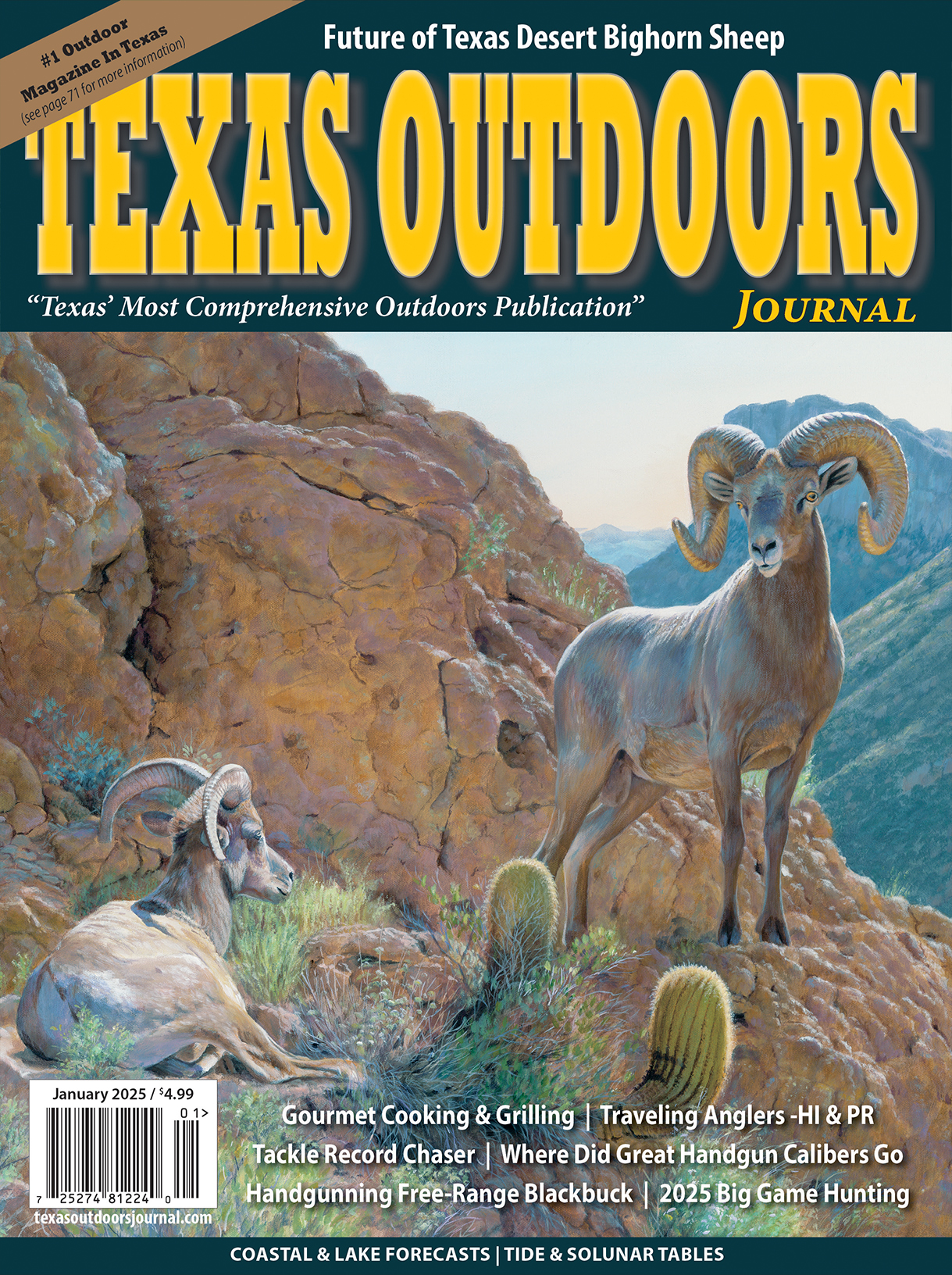
Large Numbers of Juvenile Bass Indicate Llano River Recovering From Historic Flood Event
AUSTIN – Less than a year after a major flood scoured much of the Llano River and left anglers worried about the future of the waterway’s renowned bass fishery, biologists with the Texas Parks and Wildlife Department are finding evidence of a recovery.
A fish sampling effort near Castell in late-June by TPWD aquatic biologists found large numbers of juvenile largemouth and Guadalupe bass are now present in the river. TPWD Aquatic Biologist Preston Bean, who is heading up a study looking at recovery of the river’s habitat and fish assemblage, reported Guadalupe bass made up 26 percent of the total catch and were at least 10 percent of the catch at each of 10 sampling sites.
“Most Guadalupe bass we collected were spawned this spring and the average length was 2.2 inches,” said Bean. “The fish appeared to be feeding heavily and had excellent body condition.”
The health of the resource was also evident from sampling of other aquatic species present in the river. Archis Grubh, TPWD Aquatic Ecologist who is studying effects of the flood on aquatic invertebrates reported seeing a steady repopulation of the invertebrate community, which means plentiful food is available for juvenile sport fish.
While biologists note that it will take time for keeper-sized bass to reach pre-flood levels in the Llano River, the presence of large numbers of juveniles indicates the fishery is healthy and on the way to recovery. Based on average growth rates for bass from Hill Country rivers, it will likely take several years before good numbers of larger bass are available for anglers in the most affected reaches of the river. Follow-up fish, habitat, and aquatic invertebrate surveys are planned by TPWD in the months ahead, along with surveys to monitor for aquatic invasive species that often spread during flood events.
“Keep in mind, last year the Llano River was greatly affected by a 100-year flood event that significantly altered its fish habitat,” said John Botros, TPWD River Access Program Coordinator. “Many anglers and local landowners expressed concern to us about the status of the fish population following this catastrophic flooding. While the abundance of fish in the river is lower than it was before the flood, we are happy to report that fish populations are showing signs of recovery.”
More information on the Llano River flood of 2018, including details on changes to aquatic and riparian habitats can be found on the Llano River Watershed Alliance’s website.







